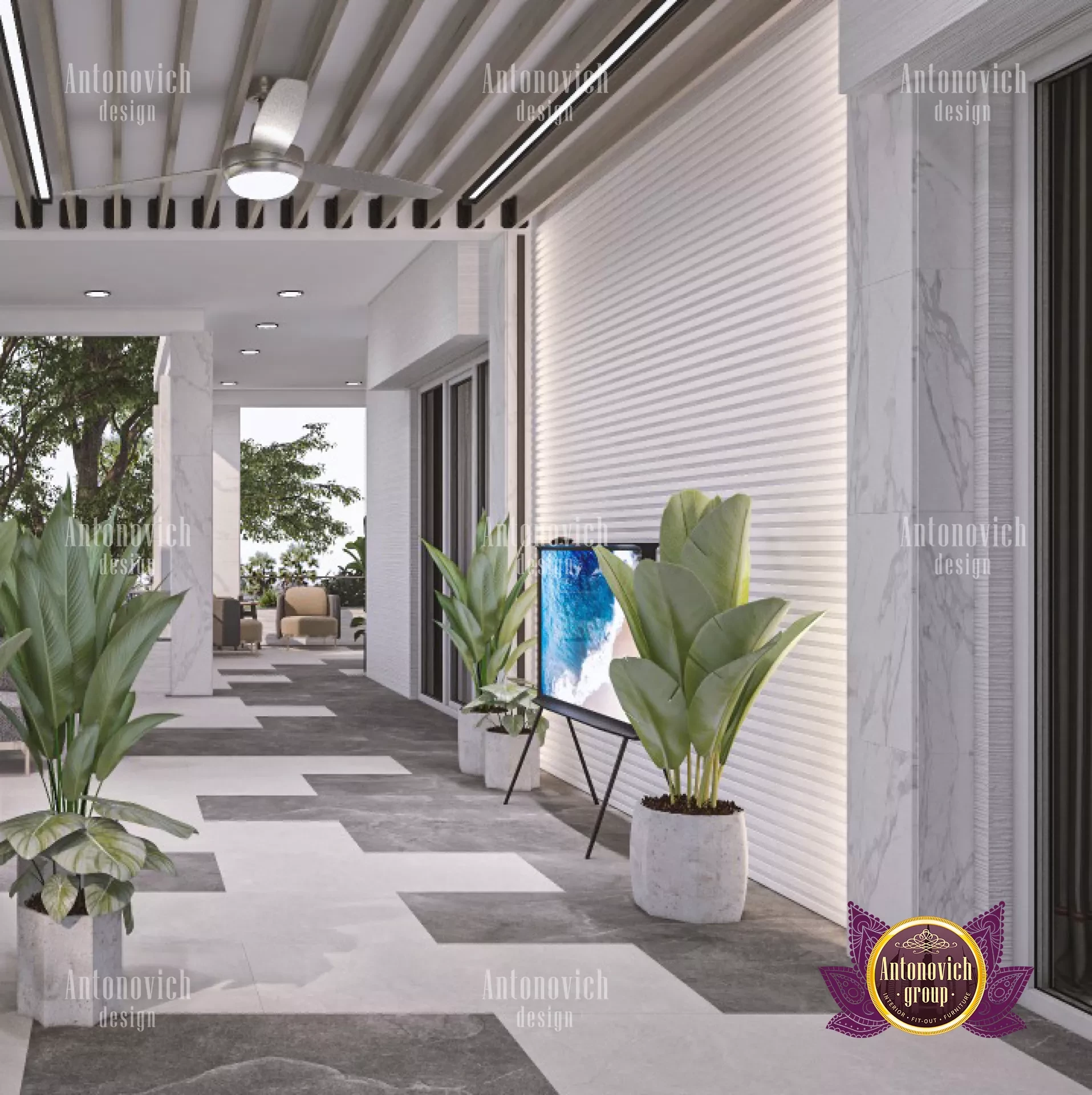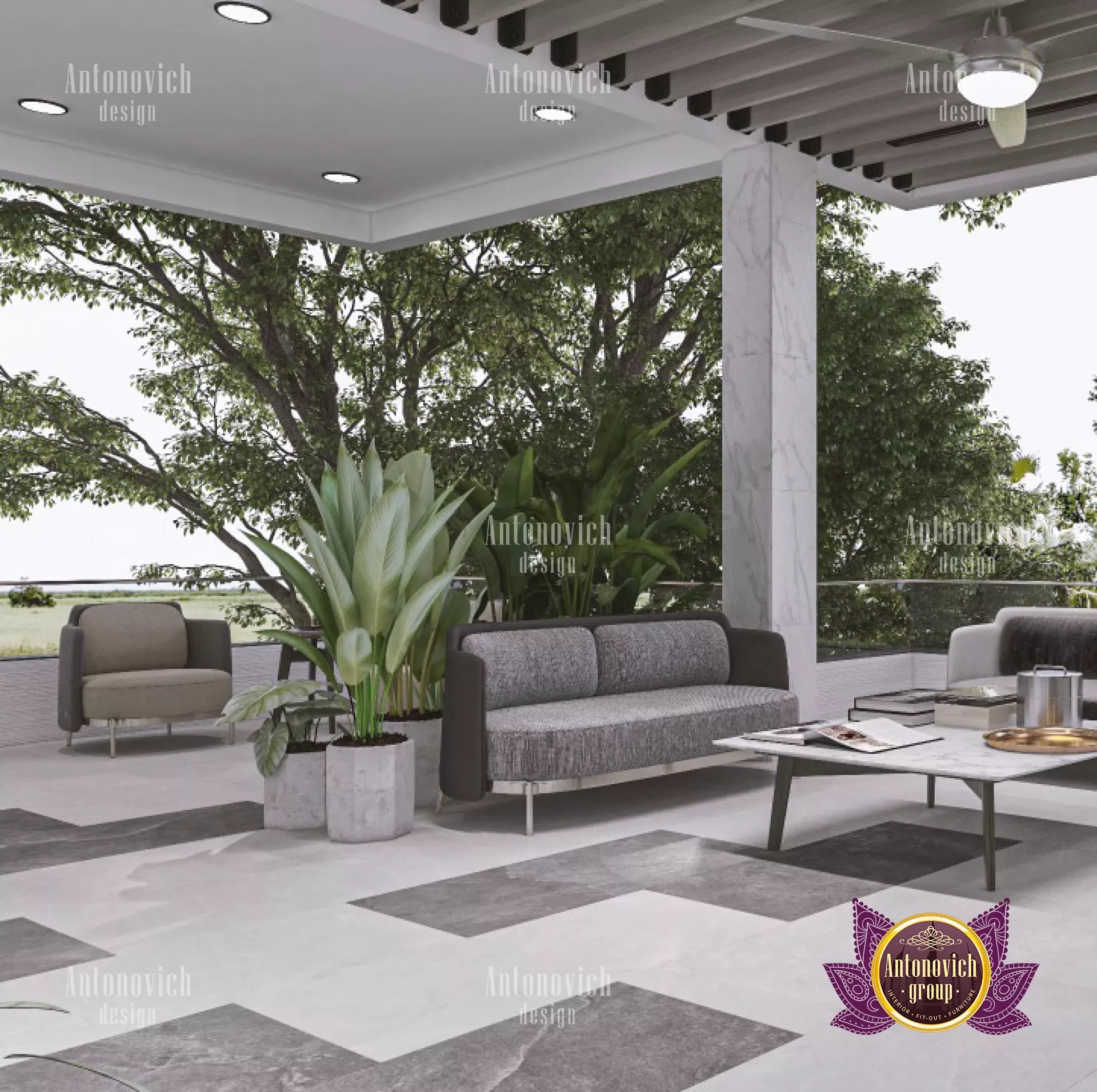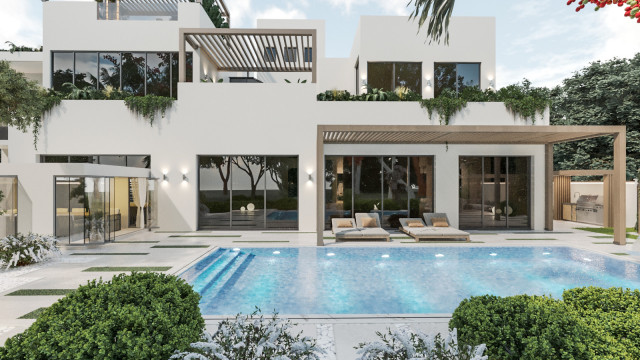SUGGESTIONS FOR A VERANDA DESIGN
We hope that these suggestions may help you envision your house before making plans. You may create a variety of veranda design ideas for a warm and pleasant porch by using the advice in this article. To add more elegance and charm, use a color palette that is acceptable. Pick a color scheme that may create a welcoming and cozy space where you can chat with friends, unwind while reading your favorite book, or listen to your favorite music. Keep in mind that a consistent color palette unifies and knits the rooms together. Large palms, blooming plants, and vines are a few examples of plants that may enhance the beauty of a luxury veranda. The best option is to choose plants that can withstand seasonal change. However, if the weather decreases and you want to employ more sensitive plants, you must bring them inside. Avoid crowding the area and arrange the plants in interesting ways.

The line between a home and a garden is blurred by verandas, which provide the perfect place to enjoy the outdoors while being protected from the elements. Verandas can cover a patio, entrance area, roadway, or walkway since they are flexible. It is preferable to construct a vacation home or cottage with a veranda or to plan for the option of "docking" the front patio to the house. However, due to its relatively straightforward construction style, a veranda may be attached to practically any structure. To prevent any potential distortions, it is advised that the foundation of the veranda be built to the same depth as the foundation of the house. Usually composed of planks or logs, the frame. Often referred to as a porch, a veranda—also written verandah—is a covered outdoor gallery or space. In contrast to balconies, which may be found on a home's higher levels, a veranda is found on the ground floor and comes in a variety of sizes. It can be at the rear or side of the home, and it may have railings along some of its perimeter. It can be single-level or multi-level, situated at the front entry or facing the backyard, but traditionally, it is positioned on the south side of the building so that residents can make use of the sun's warmth as frequently as possible throughout the year.

The traditional veranda is a crucial component of many older homes, although it is not as common in contemporary home design. This area serves as the transition between the inside and outside, and it is currently very important since it frequently serves as a reception area, a reception area, or an entertainment place. It's the ideal location to unwind with a cup of coffee on a Sunday morning, enjoy a bottle of wine in the evening, or host a group of friends for a fantastic meal. The veranda is now a crucial location that supports a range of family activities and meetings, a place for leisure, an enticing and friendly section of the modern house, and an extension to the living space as people want to spend more and more time outside. We hope that if you don't have a veranda you'll discover inspiration for this lovely addition, and for those of you who are fortunate enough to have one, you'll find many of ideas for decorating it and the newest trends in design. Verandas are often constructed at the same period as the home. However, it is not a problem to build a veranda as a separate architectural project after receiving the necessary permissions and approvals if you wished to add one as an addition to your living area. The roof is typically a permanent structure, however contemporary technology now makes it possible to have retractable canopies or detachable sunroofs.












